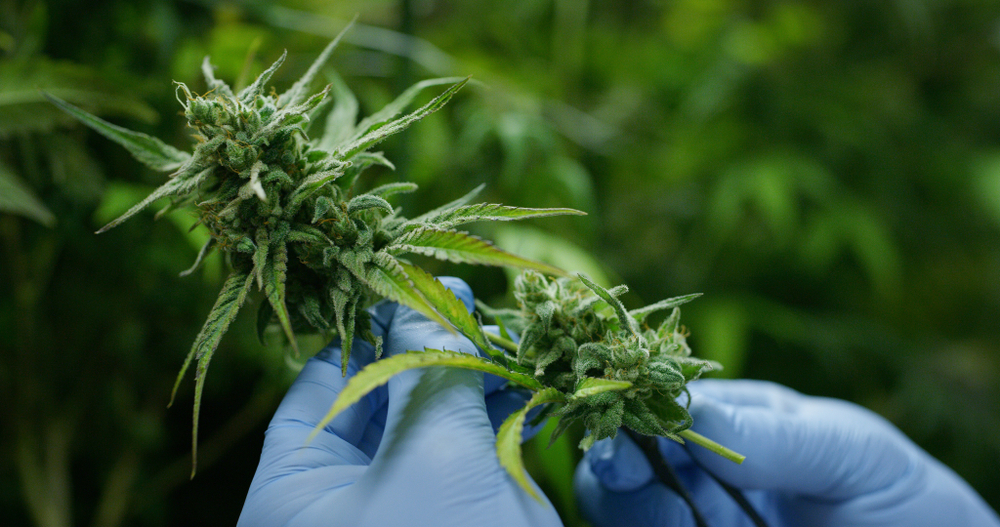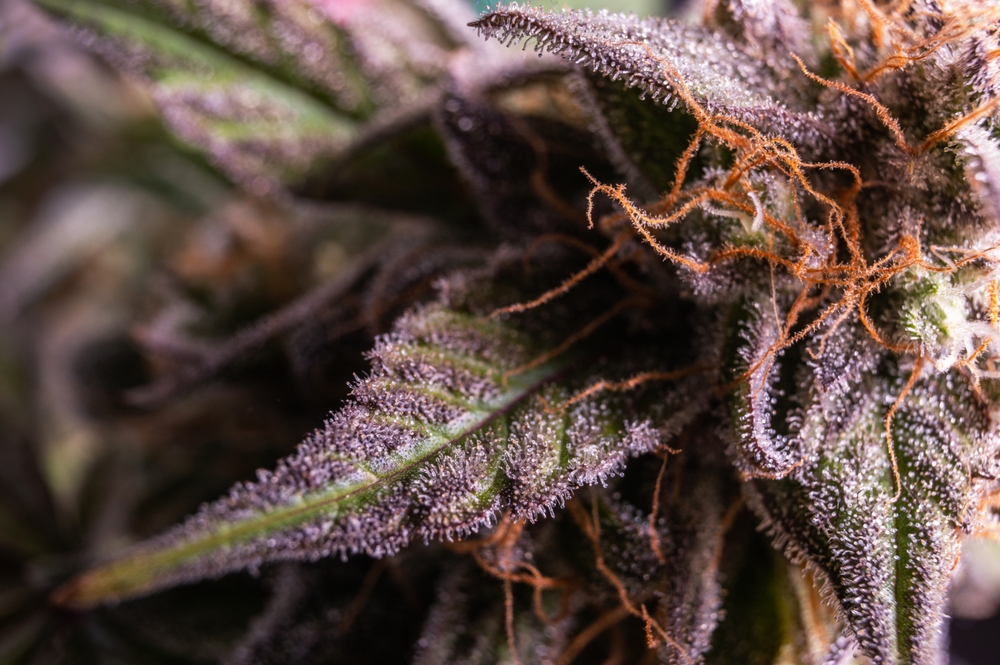
Monday May 1, 2023
By David Martin
 Education
Education
When you hear about F1 and F2 strains, what comes to mind? Does it make you think of the top cannabis strain and best of the best at the dispensary? Can you picture a cannabis grower crossing genetics to create the best combo of terpenes? Did those lessons about Punnett Squares from high school finally ring a bell?
If so, you were pretty close!
In terms of growing cannabis, and other plants in general, some of the terminology can get confusing. The “F” stands for first-generation hybrid or first filial generation. It is not the same as the P1 parent generation. It’s basic biology concerning genetic heritage and is found within all living things.
The numbers in this case refer to which generation they were born. Cannabis growers, including expert breeders, can control precisely from which strain their genetics originate during outbreeding. This includes both the genotype and phenotype, allowing breeders to create exactly what they need. Some of the best hybrid cannabis strains around were created through this process.
To learn more on F1 and F2 strains, continue reading.
F1 Strain Genetics
The F1 strain is the start of the generation. Not just in cannabis, but crossing any purebred or two genotypes in nature can create a F1 hybrid. Take a moment and think back to tenth grade science class. You know? The one where you hoped the teacher didn’t smell that funky skunk on your shirt.
While some of us slept, others learned genetics and crossed the parents of a blue-eyed father and hazel-eyed mother. You might have filled out Punnett Square and demonstrated the different offspring variations. Some of them came out the dominant hazel while the fourth, a recessive, blue-eyed child. With all things in nature, the same concept applies.
The reason to cross-breed genetics is to find the strongest genetics that produce better plants with bud quality being the focus. Which of the qualities such as thickness, aroma, THC content, terpenes, height, and color will make the best cannabis? The best way to solve this question is to grow them and find out. Growers often go on what is called a pheno hunt and produce several variations from that generation. Each of the seeds will be allowed to grow to their plant’s maturity.

Once fully processed, trimmed, and tested, the breeder will decide which plant has the best properties. Coming from experience in a commercial trim room, Cherry Pie #7 and Cherry Pie #9 are super close but #7 smelled better and had a higher THC content. Little things like that determine who wins.
How is a Purebred F1 Strain Created?
Consider your favorite old school strain, aka the landrace strains. These are P1 cannabis strains that grow naturally in the wild and have zero human manipulation as far as genetics are concerned. They have the purest genetics available for breeders.
The list includes: Afghani, Durban Poison, Hawaiian, Panama Red, Thai, and several others. These are strains exotic to different parts of the world. Medicinal cannabis use itself may have begun around 500 BCE in Asia, possibly dating back to 2800 BCE. Landrace strains are the OGs on the block and have been for quite some time.
An Example on Creating a Purebred F1 Strain.
Pretend a breeder is going to cross two phenotypes of one strain. Call them phenotype #4 and #7. The result is called a purebred F1 strain. The breeder will then assign a number to the cross, assuming another breeder hasn’t crossed and documented this match previously. The new strain could be the #10 phenotype if not already claimed in another cross.
How is a Hybrid F1 Strain Created?
This is where fun research is happening. Crossing F1 strains is how new strains like G.G. #4 and Purple Sunset are being created. All those crazy names customers are finding at the legal dispensary are the result of creative breeding.
The process of producing a F1 hybrid strain is simple.
Consider all of the strain options out there. Was there a particular one that had qualities that seemed better? Think about the color, aroma, vigor of the plant, THC content, CBD, cola size, height, and everything else in between. Also consider the terpenes and how they might affect the user.
A skilled cannabis breeder has the opportunity to create magic in the kitchen. Based on the two parents they have chosen, cross-breeding intends to give the best of both worlds. Combine the male of one and the female of the other and the new F1 hybrid is born.

An example would be breeding a male Purple Punch and a female Mandarin Sunset. The seeds that will come from this process will be the F1 hybrid Purple Sunset seeds. A breeder once created the cross of Afghani and Durban Poison, calling it Poison Afghan. That is another example of a F1 hybrid. Several seeds can come from this process and the aforementioned pheno hunt may begin.
How is a F2 Strain Created?
A F2 strain is created by crossing two F1 hybrid strains. If you cross two Purple Sunset phenotypes from the same parents, you will end up with a F2 strain.
What is the Inbred Line?
This lineage can continue until F5. After this cross, you cross the “inbred line” or IBL. The genetics have been crossed too many times and are producing plants with weakened genetics and weaker qualities in general. Think of IBL as Cletus the Slack-Jawed Yokel from The Simpsons.
A F5 strain is believed to be a weaker version of the genetics as compared to a F1 or F2. When it reaches that point, a breeder can perform a backcross. The F5 strain is then crossed with one of the original strains, a F1, with the hope of sparking the genetics. They are trying to breathe more life into a weakened strain as it passes each generation. It helps your plants keep the strongest genetics.
Engineering the Perfect Cannabis Strain
Theoretically, cannabis breeders could create the ultimate strain for healing. Without making any legal medical claims, terpenes are the magic maker. Limonene, myrcene, pinene, amongst many, may alleviate PTSD, depression, anxiety, insomnia, and more. For myself, cannabis strains such as Citral Skunk scare away anxiety and help me care about goals.
Imagine a strain that crossed perfectly with optimal terpenes for the relief you need.
There are plenty of options out there, but this new F1 strain is equal to an epic, bottom of the ninth grand slam. This same strain could be processed into edibles for folks not wishing to inhale. Help slowly move the world of pain relief from an opioid crisis to plant-related therapy. In a dream world, this is what cannabis breeders could achieve.
Give it time!






